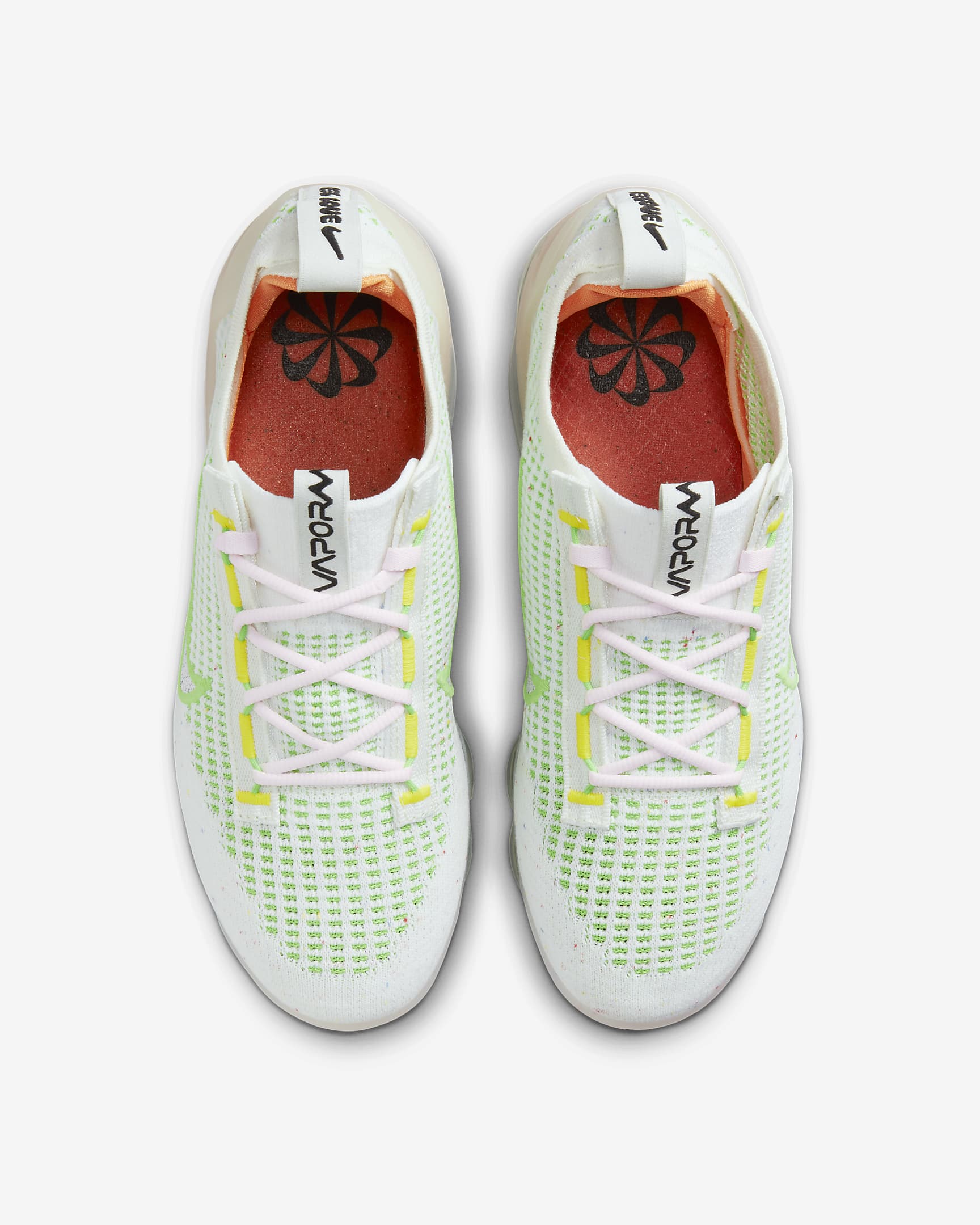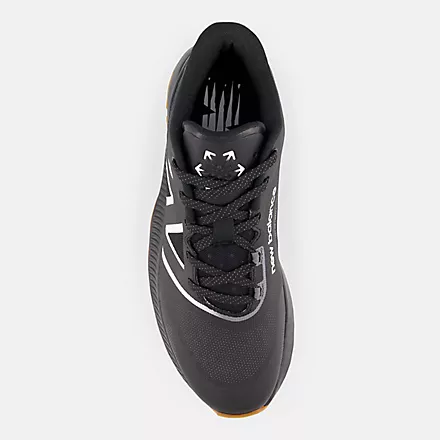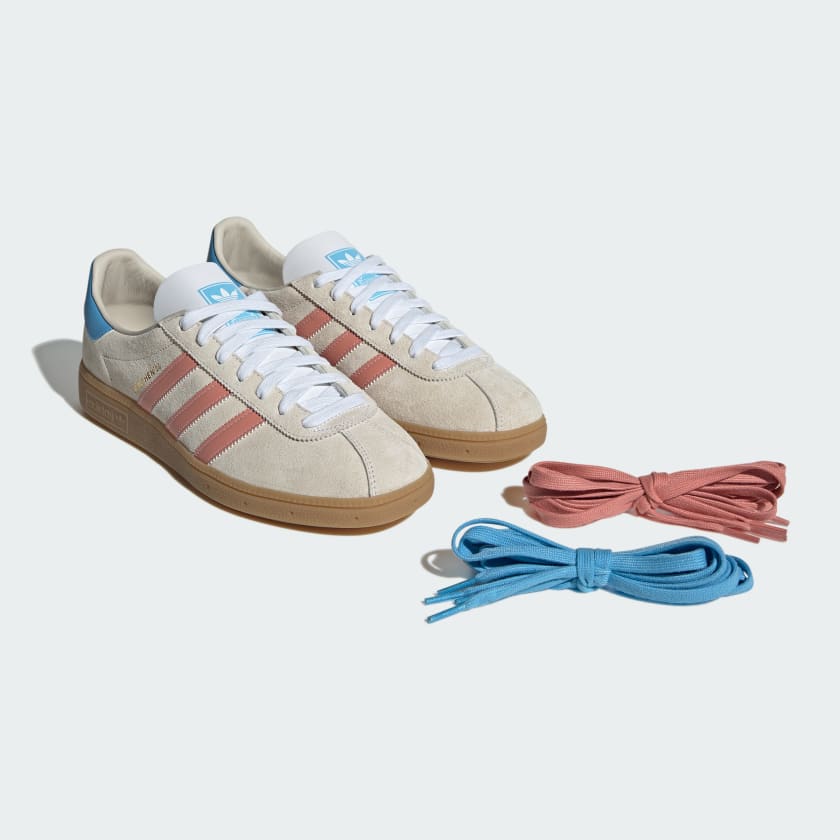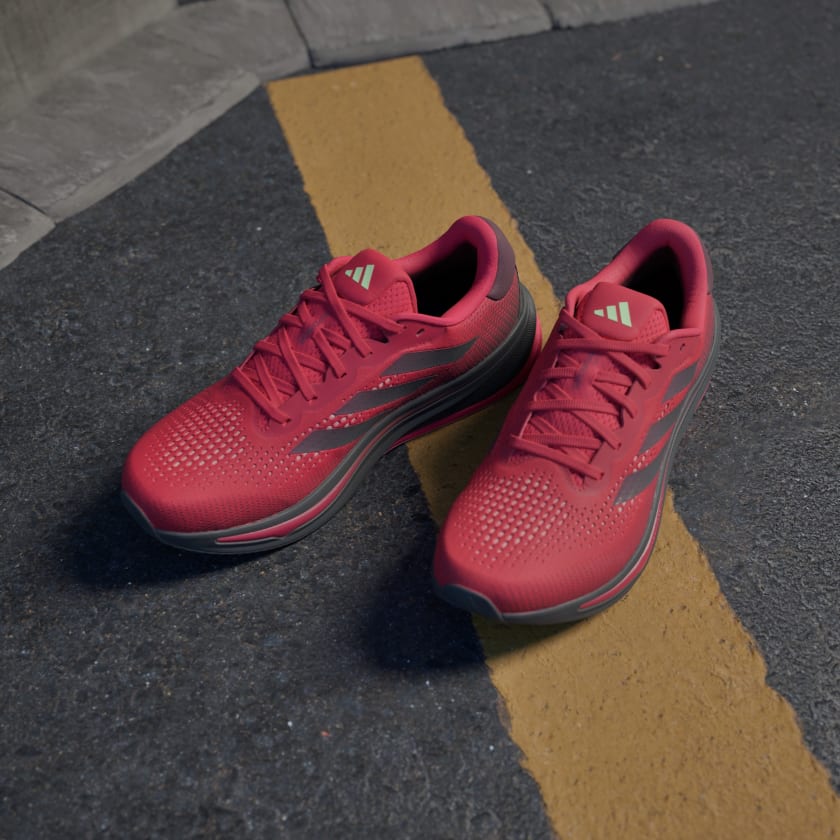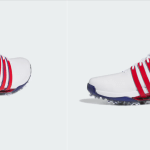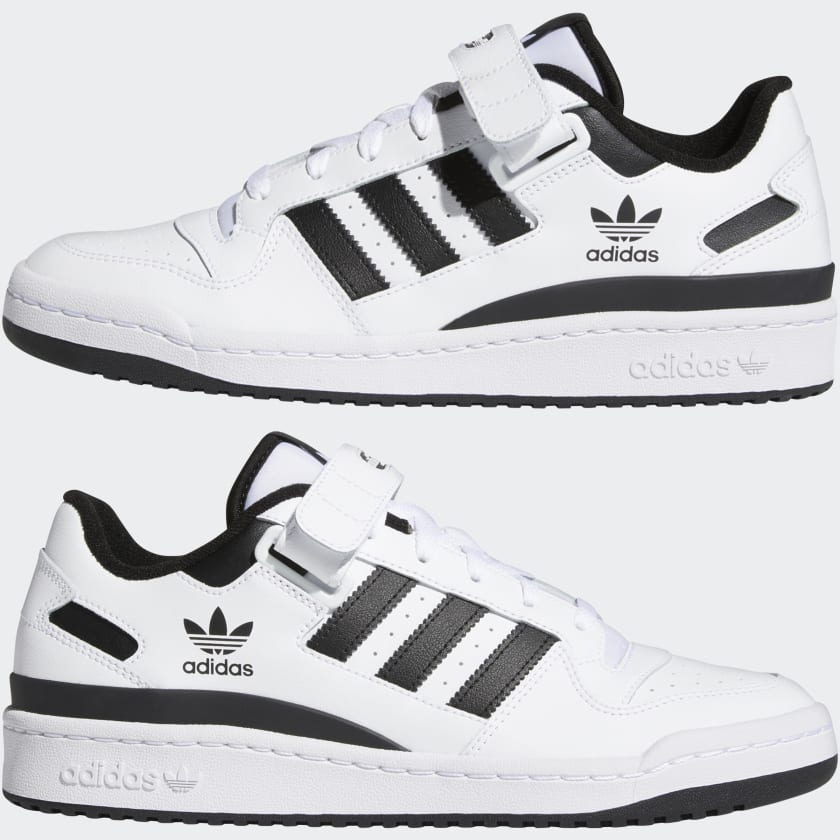Are your favorite sneakers starting to show signs of wear and tear with unsightly creases? Say goodbye to those pesky creases and hello to crease-free kicks! In this article, we will explore simple and effective methods to help you get rid of creases in your shoes, restoring them to their original, pristine condition. Whether you’re a sneaker enthusiast or simply want to extend the lifespan of your favorite pairs, these tips and tricks are sure to help you achieve that sleek, crease-free look.
1. Choosing the Right Shoe Material
Choose leather or suede shoes
When it comes to choosing the right shoe material, leather and suede are the top choices. Leather is a durable and flexible material that not only looks stylish but also has the ability to mold to the shape of your feet over time, reducing the chances of creasing. Similarly, suede shoes are known for their soft and supple texture, which makes them less prone to creasing compared to synthetic materials.
Avoid synthetic materials
While synthetic materials may offer some advantages such as affordability and water resistance, they are more susceptible to developing creases. This is because synthetic materials lack the natural flexibility and breathability of leather or suede, leading to premature creasing and discomfort. Therefore, it is best to avoid shoes made from synthetic materials if you want to prevent creases and ensure the longevity of your footwear.
2. Proper Shoe Storage
Use shoe trees or inserts
One of the key factors in preventing creases in your shoes is proper storage. Invest in a good pair of shoe trees or shoe inserts that fit the size and shape of your shoes. Shoe trees or inserts help to maintain the shape of your shoes when they are not being worn, preventing any unnecessary creasing. They also help to absorb moisture and keep the interior of your shoes fresh, reducing the chances of odor and fungal growth.
Avoid squishing shoes in crowded spaces
Another important aspect of proper shoe storage is to avoid squishing your shoes in crowded spaces. Stacking or stuffing your shoes together can lead to undesirable creasing, especially if they are not made from flexible materials like leather or suede. Instead, give each pair of shoes enough space to breathe and maintain their shape. Consider using individual shoe boxes or a shoe rack to provide adequate room for your footwear.
Store shoes in a cool, dry place
Moisture and extreme temperatures can worsen creases in shoes, so it is essential to store them in a cool, dry place. Avoid storing shoes in areas that are subjected to direct sunlight, as it can cause the material to become brittle and prone to creasing. Additionally, keep your shoes away from damp areas to prevent the growth of mold and mildew, which can further damage the material and contribute to creasing.

3. Avoiding Excessive Wear
Rotate your shoes regularly
Wearing the same pair of shoes every day can lead to excessive creasing, as the constant pressure on certain areas increases the likelihood of wrinkles and folds. To avoid this, make it a habit to rotate your shoes regularly. By alternating between different pairs, you distribute the wear and tear more evenly and give each pair a chance to rest and regain their shape.
Avoid wearing the same pair every day
Similar to rotating your shoes, it is crucial to resist the temptation of wearing the same pair every day. While it may be convenient or comfortable to have a favorite pair of shoes, doing so can cause the creases to become more pronounced and permanent. Instead, allow your shoes to rest for at least a day or two between wears to minimize creasing and prolong their lifespan.
Alternate shoe styles
In addition to rotating your shoes, consider alternating between different shoe styles to further reduce creasing. For example, wearing sneakers one day and dress shoes the next can help prevent excessive stress on specific areas and promote more even wear. Different shoe styles often have varying pressure points, so changing it up from time to time can alleviate creases that may develop due to repetitive motion or pressure.
4. Wearing Appropriate Socks
Wear socks that provide cushioning
The type of socks you wear can play a significant role in preventing creases in your shoes. Opt for socks that provide cushioning, especially in the areas that are more prone to creasing, such as the toes and heels. Cushioned socks offer additional padding, absorbing the impact and reducing the pressure on the shoe material. This, in turn, helps to minimize the development of creases.
Choose moisture-wicking socks
Moisture can weaken the fibers of your shoes and make them more susceptible to creasing. To combat this, choose socks made from moisture-wicking materials like cotton or bamboo. These fabrics draw sweat away from your feet, reducing the chances of excessive moisture accumulating inside your shoes. By keeping your feet dry, you help to preserve the integrity of the shoe material and minimize creases.
Avoid wearing thin or tight socks
Thin or tight socks can contribute to crease formation, as they lack the necessary cushioning and can cause friction against the inside of your shoes. When choosing socks, opt for ones that are neither too thin nor too tight. Look for a comfortable fit that allows your toes to move freely and provides adequate protection for your shoes. Keep in mind that socks that are too tight can restrict blood flow and lead to discomfort, or even potential damage to your feet.
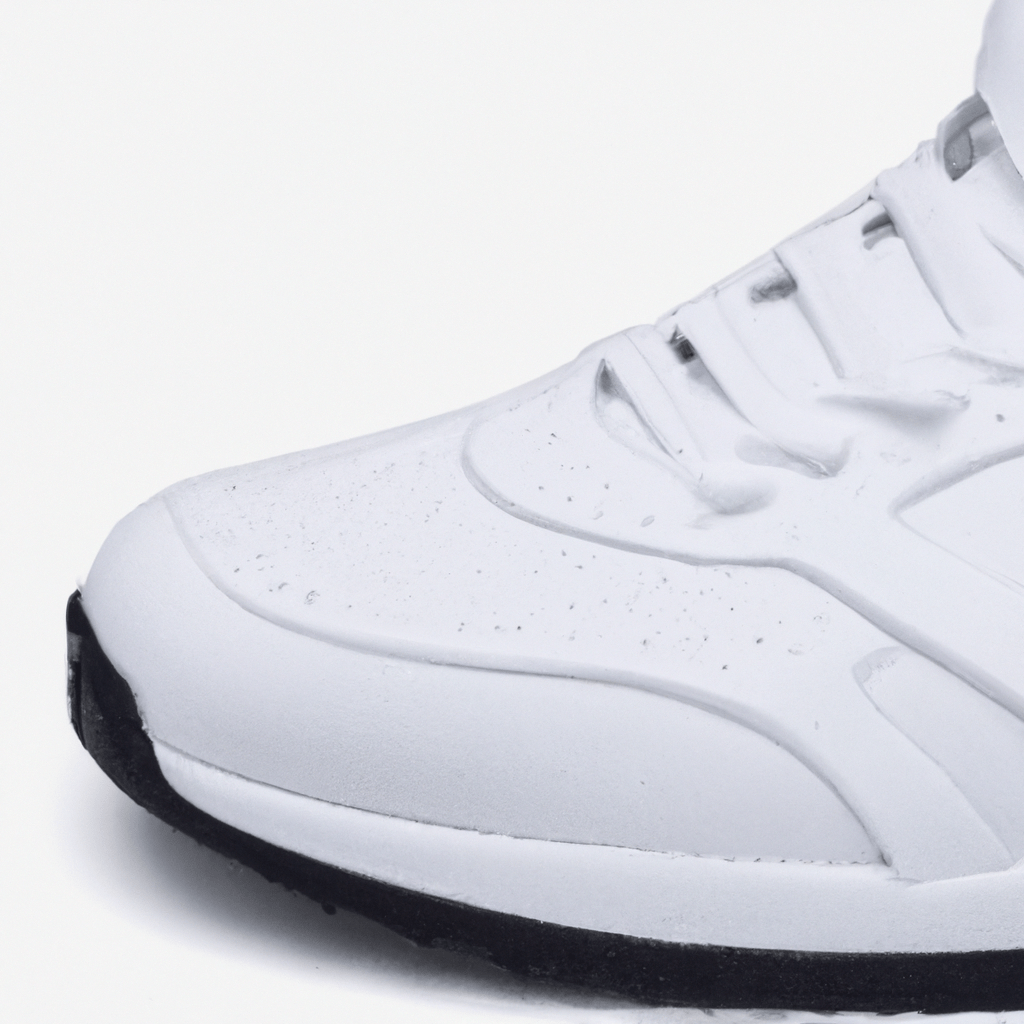
5. Using Heat and Moisture
Use a clothes iron and damp cloth
If your shoes already have noticeable creases, you can try using heat and moisture to reduce their appearance. Start by dampening a clean cloth with water and placing it over the creased area. Then, set your clothes iron to the lowest heat setting and gently iron the damp cloth over the crease. The heat and moisture combination helps to soften the leather or suede, allowing it to smooth out and minimize the crease. Be cautious not to use excessive heat or leave the iron in one place for too long, as this can damage the shoe material.
Apply steam to the creased area
Another method to reduce creases in your shoes is by applying steam to the affected area. You can achieve this by holding the creased portion of your shoe over a kettle or pot of boiling water. The steam will penetrate the material, making it more pliable and easier to work with. Once the area becomes warm and flexible, use your hands or a shoe-tree to gently reshape and smooth out the crease. Remember to let your shoes dry naturally after this process to avoid any damage from excess moisture.
Use a hairdryer and a shoe stretcher
If you prefer a more targeted approach, you can use a hairdryer and a shoe stretcher to remove creases from your shoes. Start by setting your hairdryer to low or medium heat and directing the warm airflow onto the creased area. As the heat softens the shoe material, insert a shoe stretcher into the shoe to help stretch and reshape the crease. Leave the shoe stretcher in place until the shoe cools down, allowing the material to set in its new shape and diminish the appearance of the crease. This method is particularly effective for leather shoes.
6. Applying Leather Conditioner
Clean the shoes before applying conditioner
Before applying a leather conditioner to your shoes, it is crucial to clean them properly. Use a soft cloth or brush to remove any dirt or debris from the surface of the shoes. Pay particular attention to the creased areas, as dirt can accumulate in these folds and cause further damage to the shoe material. Cleaning your shoes ensures that the leather is free from any substances that may interfere with the absorption of the conditioner.
Apply a small amount of conditioner to the creased area
Once your shoes are clean, apply a small amount of leather conditioner to the creased area using a soft cloth or applicator. Gently massage the conditioner into the crease and surrounding areas, working it into the leather. Leather conditioner helps to moisturize and soften the material, making it more supple and less prone to creasing. Be sure to follow the instructions provided with the conditioner, as different brands may have specific application techniques or drying times.
Buff your shoes with a soft cloth
After applying the leather conditioner, buff your shoes with a clean, soft cloth to remove any excess product and enhance the shine of the leather. This step helps to distribute the conditioner evenly across the shoe surface, enhancing its effectiveness in reducing creases. Buffing also helps to stimulate blood flow in the leather, encouraging its natural oils to rise to the surface and further nourish the material. Take your time and apply gentle pressure while buffing to avoid causing any unnecessary friction that may lead to further creasing.
7. Professional Shoe Repair
Visit a professional shoe repair shop
If your efforts to remove creases from your shoes have been unsuccessful or if you are hesitant to attempt DIY methods, consider visiting a professional shoe repair shop. Experienced cobblers have the knowledge and expertise to assess the severity of creases and recommend the most suitable repair techniques. They can also evaluate the overall condition of your shoes and provide advice on how to maintain their shape and prevent future creases. Professional shoe repair not only helps to restore your shoes but also extends their lifespan.
Discuss crease removal options
When you visit a professional shoe repair shop, communicate your concerns about creases and inquire about various crease removal options. Depending on the severity and location of the creases, the cobbler may suggest different approaches, such as steam treatment, reshaping with specialized tools, or even applying reinforcement materials. By discussing the available options, you can make an informed decision about the best course of action for your shoes.
Follow the recommendations of the expert
After receiving professional advice, it is crucial to follow the recommendations of the expert to ensure the best outcome for your shoes. Whether it involves leaving your shoes with the cobbler for repairs, scheduling additional appointments, or implementing specific maintenance routines, adhering to their suggestions will give your shoes the best chance of recovering from creases and maintaining their original shape.
8. DIY Crease Removal Methods
Use a combination of vinegar and water
If you prefer to tackle creases yourself, one DIY method is to create a mixture of vinegar and water. Start by mixing equal parts of white vinegar and distilled water in a spray bottle or a small bowl. Spray or dab the mixture onto the creased area of your shoes, ensuring that the material is lightly dampened but not saturated. Next, use your hands or a shoe-tree to gently reshape the creased area, smoothing out the folds. Allow your shoes to air dry naturally, and you should notice a reduction in the appearance of creases.
Apply a mixture of baking soda and water
Another DIY solution to reduce creases involves creating a paste using baking soda and water. Combine baking soda and water in a small container until you have a thick, consistent paste. Apply the paste to the creased area of your shoes, ensuring that it is spread evenly. Leave the paste on for several hours or overnight, allowing it to dry completely. Once dry, brush off the paste using a soft cloth or brush, revealing a smoother surface with minimized creases. This method is particularly useful for canvas or fabric shoes.
Use a hair straightener with a cloth
For a targeted approach, you can consider using a hair straightener with a cloth to remove creases from your shoes. Start by placing a cloth, such as a clean cotton handkerchief or thin towel, over the creased area of your shoe to protect the material. Then, set your hair straightener to a low or medium heat setting. Gently press the hair straightener onto the cloth-covered creased area, applying slight pressure for a few seconds at a time. Repeat this process until you notice the crease diminishing. Remember to be cautious and avoid using excessive heat or leaving the straightener in one place for too long, as this can damage the shoe material.
9. Prevention Tips to Avoid Creases
Avoid folding or bending shoes
Prevention is key when it comes to avoiding creases in your shoes. One of the most effective ways to prevent creases is to avoid folding or bending your shoes, especially if they are not made from flexible materials like leather or suede. While it may be tempting to slip your shoes on without using your hands, forcefully pushing your feet inside can cause unnecessary stress and result in undesirable creasing. Instead, use your hands to guide your feet into your shoes gently, ensuring a proper fit and minimizing the chance of creases.
Place shoe supports or shoe trees while not wearing
To combat creases even when you are not wearing your shoes, consider using shoe supports or shoe trees. Shoe supports are accessories specifically designed to maintain the shape of your shoes while they are not being worn. They can be inserted into the shoe, stretching the material and preventing it from folding or creasing. Additionally, shoe trees made from cedar wood can help absorb moisture and odor, while also preserving the shape of the shoe. Placing shoe supports or shoe trees inside your shoes when they are not in use is a simple yet effective prevention measure against creases.
Consider getting shoes with built-in toe caps
If you frequently find creases forming around the toe area of your shoes, you may want to consider investing in footwear with built-in toe caps. Toe caps are reinforcements added to the toe box of shoes, often made from a stiffer material like rubber or thermoplastic. They provide an extra layer of protection against creases and preserve the shape of the shoe, especially in areas that are more susceptible to folding. The presence of toe caps can significantly reduce creases, making them a worthwhile consideration when purchasing new shoes.
10. Regular Cleaning and Maintenance
Remove dirt and debris regularly
Regular cleaning is essential to maintain the condition and shape of your shoes. Make it a habit to remove any dirt or debris from the surface of your shoes after each wear. Brush off loose dirt using a soft cloth or brush, paying attention to the creased areas where dirt can accumulate. Additionally, use a damp cloth to wipe away any stains or spills as soon as possible. By keeping your shoes clean, you not only enhance their appearance but also minimize factors that contribute to creasing.
Condition and polish shoes to maintain their shape
Apart from cleaning, conditioning and polishing your shoes is crucial for preserving their shape and preventing creases. Leather shoes, in particular, benefit from regular conditioning, as it helps to replenish the moisture lost during wear and exposure to the elements. Apply a suitable leather conditioner to your shoes periodically, following the instructions provided with the product. Additionally, use a quality shoe polish or cream to restore the shine and protect the material. Conditioning and polishing your shoes maintain their suppleness, reducing the likelihood of creases appearing.
Store shoes properly after cleaning
After cleaning, conditioning, and polishing your shoes, it is equally important to store them properly to maintain their shape and minimize creases. Allow your shoes to air dry completely before putting them away, as storing damp or wet footwear can lead to mold and deterioration. Once dry, place your shoes in individual shoe boxes or on a shoe rack, ensuring they have enough space and remain in an upright position. Avoid stacking or crowding your shoes, as this can cause unnecessary pressure and result in creases. Lastly, store your shoes in a cool, dry place away from direct sunlight to protect the material from fading or becoming brittle.
By following these comprehensive tips and techniques, you can effectively prevent and reduce creases in your shoes, prolonging their lifespan and keeping them looking their best. Choosing the right shoe material, employing proper storage methods, avoiding excessive wear, wearing appropriate socks, using heat and moisture carefully, applying leather conditioner, seeking professional shoe repair when needed, using DIY crease removal methods, adopting prevention tips, and maintaining your shoes regularly are all key steps in achieving crease-free kicks. Remember, a little care and attention can go a long way in preserving the shape and appearance of your cherished footwear.


